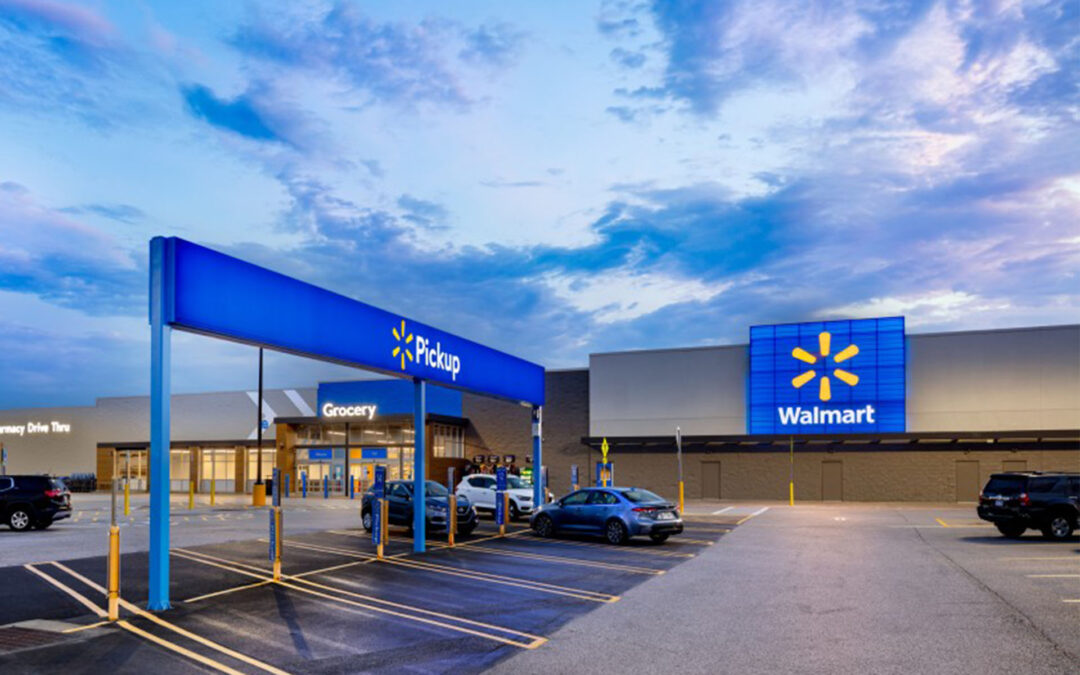Consumer spending on general merchandise finished 2021 up 15% versus the year earlier, with a 6% increase in unit sales, according to The NPD Group, and it wasn’t all holiday action.
Although holiday shopping brought positive retail results, the early part of 2021 delivered more significant year-over-year gains, NPD noted. The 2021 fourth quarter contributed 9% revenue growth and 1% unit growth versus the 2020 period, the market research firm pointed out.
Gains in early 2021 got a boost by the government stimulus payments and students returning to the classroom even as year over year comparisons were to a challenged period in 2020. Each of 2021’s first two quarters enjoyed double digit revenue gains, and, combined, they represented almost two-thirds of the growth for the year. Just about 40% of the entire year’s revenue growth came in March and April 2021, while the fourth quarter accounted for only 20% of the year’s advance compared to 30% in 2020.
As for the holidays, they were unhindered by the headwinds blowing the way of retailers, NPD maintained.
Inventory concerns drove consumers to initiate holiday shopping earlier, but neither early shopping nor supply issues impeded late-season purchasing, NPD indicated. Experiential spending slowly returned, but consumers continued to spend on products that supported at-home pandemic-related lifestyle behaviors, especially as COVID-19 case counts surged again in late December. However, unit growth was significantly softer than dollar gains through most of the 2021 holiday season as inflation elevated average prices.
“Consumers’ grab-it-when-you-see-it mentality, especially related to pandemic-driven needs has not gone away,” said Marshal Cohen, NPD chief retail industry advisor in announcing the numbers. “In fact, it has been bolstered by the impact of the Omicron variant. It is spending in the here and now that lifted retail sales throughout 2021, offsetting challenges related to inventories and higher average selling prices during the holiday shopping season.”
From a larger perspective, 2021 was a study in how the retail landscape has been changing, and the holiday shopping season offers lessons that are important for planning in 2022, Cohen said, adding. “The spending that occurred over the past 22 months, combined with the current pricing dynamics not only shift what and how consumers buy, but also the inevitable fatigue puts added pressure on the ability to sustain growth, as stimulus cash flow slows, experiential spending returns and general demand recedes.”





